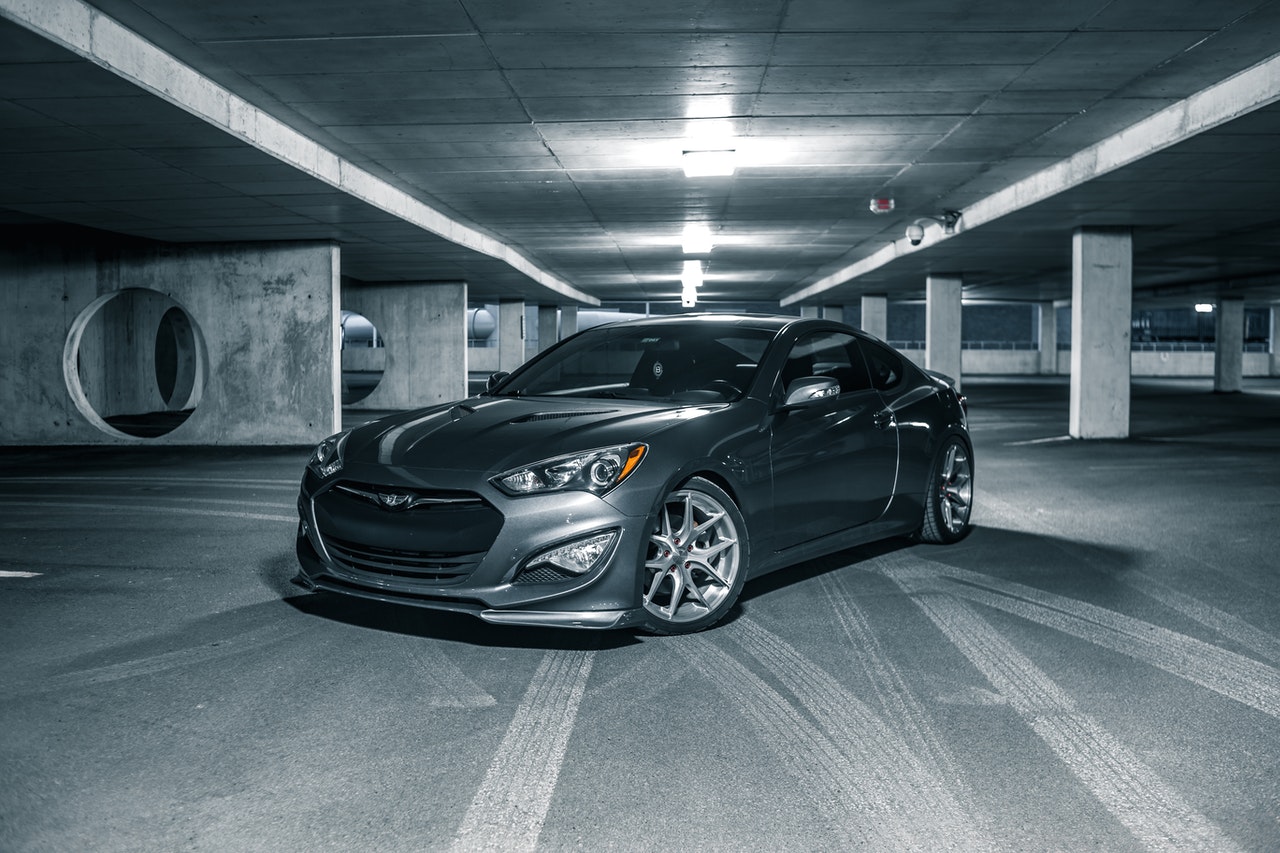This week, news has broken that Amazon’s automated car startup, Zoox, will soon be launching its first autonomous vehicle.
In preparation for the launch, the vehicle was posed outside of San Francisco’s Fairmont hotel so that photographs could be taken of it.
It seems as though we often hear about driverless cars and yet there’s still no solid word on when we will actually be able to buy and own a driverless car to make those long boring road trips a whole lot easier. Let’s take a look at why.
How long have driverless cars been around?
The concept of a driverless car dates all the way back to 1939! General Motors created an exhibit entitled ‘Futurama’ at the New York World’s fair to show its vision of what the world would look like in twenty years. This vision included an automated highway complete with self-driving cars.
By 1958 General Motors had created a working prototype for this concept by embedding ‘pick up sensors’ into the car’s front end that could detect currents flowing through a wire that was embedded in the road. Through this current, the sensors could tell whether the vehicle was turning left or right. Fast forward to 1977 and the Japanese had improved on this idea by using cameras to feedback to a computer what was happening on the road around the car and to make driving decisions based on this. The technology at the time meant that the car could only travel at speeds of 20mph and below.
As the years have gone on technology has improved and cars using this technology have been able to travel faster and faster, and have become more adept at being able to tell what is happening on the road surrounding them.
What automated driving technology is available now?
There is quite a lot of confusion around what driverless technology can and can’t do. When most people think of driverless cars, they think of sitting back in your car and reading a book while your car does all of the work and gets you to your destination.
In reality, that kind of technology is a few decades away. What we have at the moment is driverless technology that means that your car can assist you with braking and steering, but your attention must still be on the road at all times. More highly automated technology will require solving a multitude of issues before it can become commonplace, such as getting the car to understand complex highway codes and allowing cars to ‘connect’ to one another so that all cars can be aware of what is happening around them.
Some of the cars with self-driving technology that are available today are:
- The Audi A8 offers partial automation. The vehicle will make decisions about when to slow down or stop by itself, but only in ‘traffic jam’ situations where you are traveling under 37mph/60km. The technology also only works on highways where there are barriers separating traffic.
- The Audi A6 and A7 come with a remote parking pilot which allows you to park using an app.
- BMW 5, 6, and 7 series have adaptive cruise control so that it can break, slow down, and speed up to match the traffic around you providing that you are traveling below 130mph. It can also park automatically if you are in the car.
- Citroen C3, C3 Aircross, C4 Picasso, Space Tourer all offer cruise control technology such as automatic braking and lane-keeping assistance.
- Nissan Leaf comes with a system that allows adaptive cruise control that can steer you around a corner, and automatic parking.
There are lots of other cars available from a multitude of manufacturers. The takeaway is that while some self-driving technology is available, it’s assistive technology rather than fully automated technology at this point.
What careers will driverless car technology open up?
As driverless technology picks up it is a huge opportunity for businesses to increase their profits. For example, it’s well known that Uber has invested in driverless technology. If they no longer had to pay their human drivers then they could massively increase profits!
Anywhere there are a lot of profits, it’s a great opportunity to carve out a lucrative new career for yourself. Anyone with knowledge of computer science, robotics, or engineering will be in a great position to build up their knowledge on automated vehicles and cash in as this technology develops.
Not only will there be lots of jobs around the designing and testing of driverless technology, but there will also be a huge amount of work available in the surrounding industries. For example, car manufacturers will need experts to help them to collect and analyze the data coming in from their fleets of cars, and mechanics will need experts to work with and help them to fix issues with automated cars. There are hundreds of other jobs that are likely to be created that we haven’t even conceived of yet!
You can click here to read more on driverless car careers.
What is in the way of driverless cars?
There are a few reasons that driverless cars may take some time to come to fruition.
- Although AI and driverless technology has come a long way, AI still isn’t as smart as a human brain when it comes to dealing with unexpected situations. Although you can program a car to stop at a red light or swerve to avoid an oncoming vehicle, what is the driverless car supposed to do if swerving it would hit a pedestrian? These are the sorts of unusual situations that driverless technology will need to be able to cope with before it can become truly mainstream.
- Hacking is also a risk. Anything that goes online is in danger of being hacked and cars are no exception. Hackers could in theory get into your car and take control of your vehicle, using their skills to either steal your vehicle or perhaps even kidnap you. It’s essential that our security technology is up to scratch before we place too much faith in driverless cars.
- Driverless cars could actually make the emissions problem worse. If people are able to sleep or work in their car, there is even less reason to get public transport. Unless driverless cars are all powered by renewable energy, the planet won’t be able to cope with the onslaught of driverless cars.












